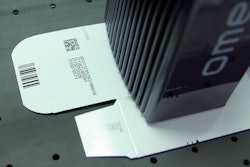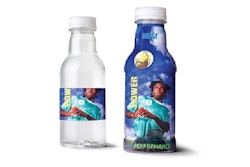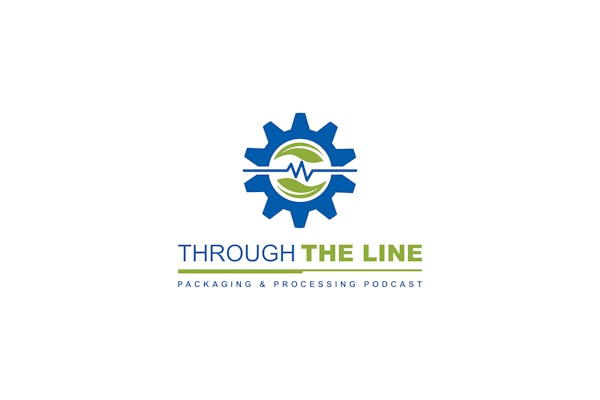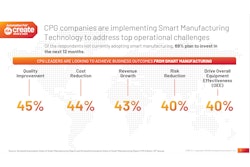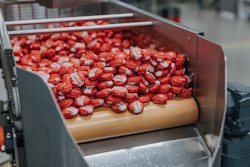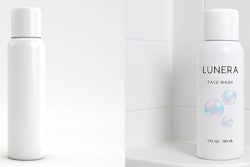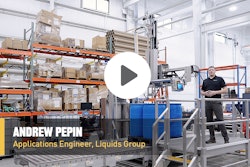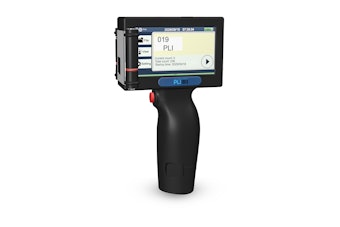1. Know your converter’s core competency. Just because you’ve used your converter for pressure-sensitive labels doesn’t mean they’re the best choice for in-mold labels, or vice-versa. Also, when bringing a new labeling project to the converter, consider specifying the requirements—such as the expected line speeds, geometry of the container, aesthetic expectations, or installed equipment—instead of the actual label technology (pressure-sensitive, roll-fed, etc.). The converter should recommend the best label technology to meet your requirements, rather than a particular technology that happens to be their specialty.
2. Vet all converters. Tour their facilities and conduct a full facility audit. Bring your operations people. If everything is neat and organized, it’s a good sign. If there’s junk all over the place, it’s not. Ask to see documentation on their quality systems and sustainable business manufacturing practices and processes. Determine how well they understand container manufacturing. Perhaps most important: Test the extent of their technical knowledge in matching particular label substrates to container materials and finishing treatments.
3. Consider performing a financial stress test. Many label converters are small, family-owned businesses. As a potential customer, you are entitled to feel confident that the converter you choose will be around for awhile. Go beyond a Dun & Bradstreet report and ask for higher-level financials, such as:
• Bank references and accounts receivable information
• Direction of sales
• Assessment of company stability
• Analysis of business model
4. Insist on confidentiality. Invite your converter to participate in new product innovation sessions and make them a technical resource, but take care not to disclose the market or specific application. Does the converter handle design modifications confidentially with its other customers? If you can see the new labels from other companies when you tour, realize that others will see yours.
5. Expect attentiveness. Seek companies that consistently demonstrate their attention to detail and long-term perspective. Converters you can do without: those that never reinvest in new equipment, pay little attention to label quality, or never bring new ideas. Also watch out for those that tend to service your account based only on a long-standing relationship, send a different salesperson every time, or only visit once in a blue moon.
6. Look for a keen strategic and structural eye. Your supplier should always be providing new ideas on labels and label structures, and should be one of your best resources for packaging and labeling changes that can enhance your products. Due to their broad industry reach, good converters can and do provide some of the best intelligence that you can get, largely at no extra cost.
7. Seek continuous innovation. Look for converters that are innovative and stay abreast or ahead of trends in the business. This goes beyond meeting your quality and unit-volume requirements for the full range of SKUs. Because technology is evolving, the best converters may suggest ways of making more flexible use of presses, for example, or potentially combining different press technologies to provide the best service and the best prices, as technology allows.
Liked this article? Download the entire playbook here.

